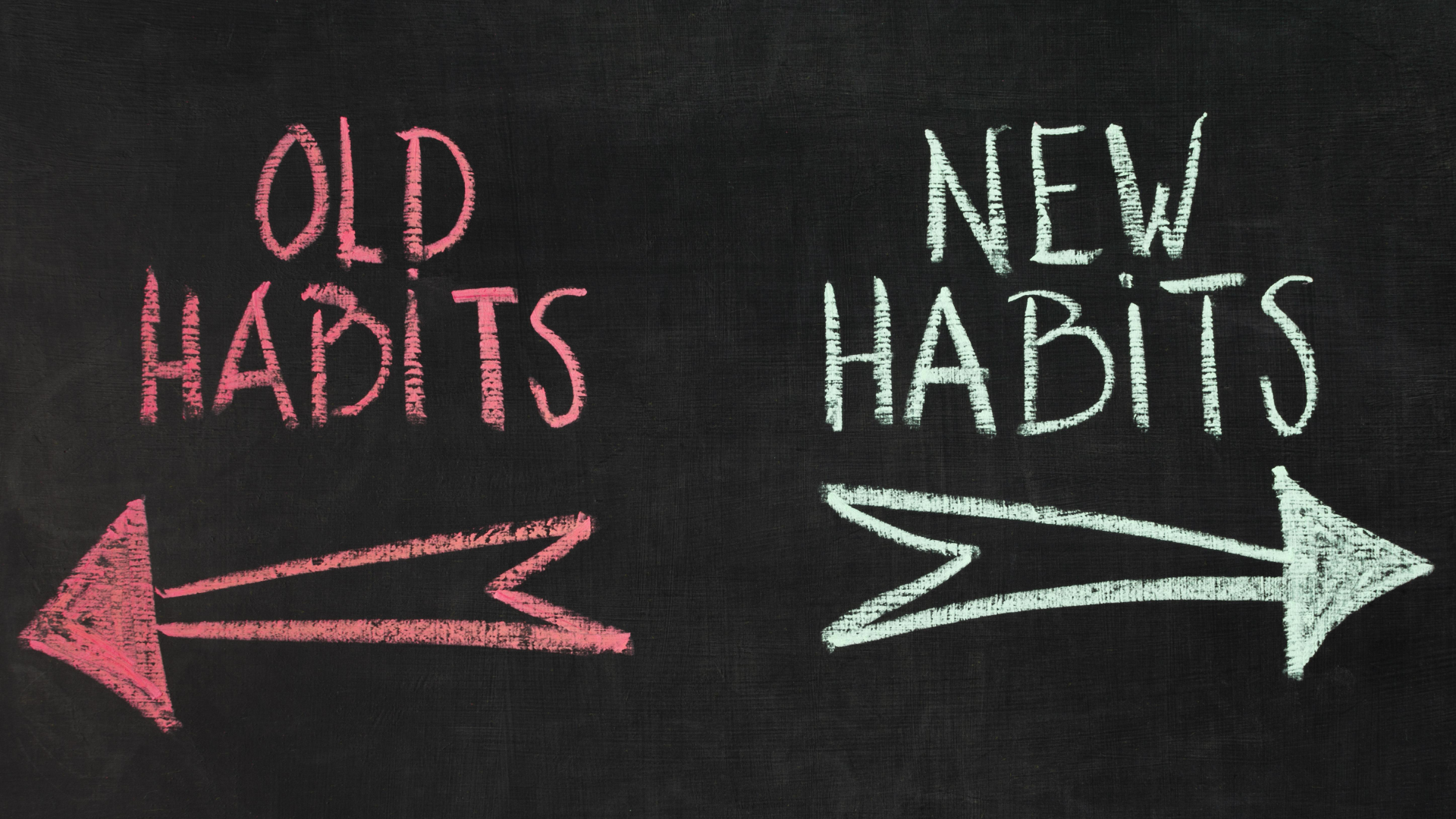Automatic Habits
Transforming Routine into Ritual: Redefining Automatic Habits
Automatic habits, also known as habits or routines, are behaviours that we perform regularly and often unconsciously. They're typically formed through repetition and can be difficult to change. Here arew some examples of good and bad habits
Good Habits
1. Regular Exercise: You don’t have to be extreme. Just consistent Making it a habit to exercise regularly, such as going for a walk or hitting the gym after work, promotes physical health and mental well-being.
2. Healthy Eating: Choosing nutritious foods and portion sizes without much thought or effort can lead to better overall health and energy levels.
3. Daily Meditation: I meditate every day. It's my way of reminding my mind to stop, drop, and just be
Bad Habits
1. Mindless Snacking: "I don't always snack mindlessly, but when I do, it's usually while staring blankly into the fridge wondering where all the healthy food went. Automatically reaching for unhealthy snacks when bored or stressed can contribute to weight gain and poor dietary habits.
2. Excessive Screen Time: Spending excessive hours on screens, whether it's smartphones, computers, or television, can lead to decreased productivity, disrupted sleep patterns, and social disconnection.
3. Procrastination: Automatically delaying tasks or avoiding responsibilities can lead to increased stress, missed deadlines, and decreased overall productivity.

Here are three characteristics of automatic habits and three strategies to change them:
Characteristics of Automatic Habits:
1. Routine: Automatic habits are ingrained into our daily routines. They occur without much conscious thought and are often triggered by certain cues or situations.
2. Repetition: These habits are reinforced through repetition. The more frequently we engage in a behavior, the more automatic it becomes.
3. Immunity to Change: Mental xray. Automatic habits can be resistant to change because they are deeply ingrained in our neural pathways. Attempting to break or alter them can be challenging and may require conscious effort and persistence.
Positivity alone may illuminate the path, but it's the consistent steps of mindful action that pave the way to change
By understanding the characteristics of automatic habits and implementing strategies to change them, you can gradually replace old habits with new ones that align with your goals and values. Remember that change takes time and persistence, so be patient with yourself and celebrate small victories along the way.
Strategies to Change Automatic Habits:
1. Identify Triggers and Replace Them: Awareness is the first step to change Awareness is the birthplace of possibility. Everything you want to do, everything you want to be, starts here .Recognize the cues or triggers that initiate the habit and replace them with alternative cues that steer you toward the desired behavior.
For example, if you have a habit of snacking when watching TV, try replacing the trigger (watching TV) with a different activity such as taking a walk or doing a hobby that doesn't involve food.
2. Build a structured system . We look for the one action, or the one person, that created this mess. As soon as we find someone to blame, we act as if we’ve solved the problem.” which provides clarity, consistency, and accountability, essential elements for effectively changing automatic habits. Success is the sum of small efforts repeated day in and day out.
The need to focus on building systems and developing processes rather than trying to achieve goals or outcomes.
the importance of building identity-based habits where “instead of thinking about the result that you want, or the outcome that you’re trying to achieve, [you] start with the type of person that you wish to become.”
The power in designing your environment rather than relying on motivation to get you through
3. Habit Stacking. Small hinges swing big doors To change automatic habits, habit stacking can be incredibly effective. Habit stacking involves linking a new habit you want to establish with an existing habit, making it easier to integrate into your routine. This method leverages the power of association and can help reinforce the desired behavior over time. Here's an example of habit stacking:
Existing Habit: Drinking a morning cup of coffee New Habit: Practicing mindfulness meditation
After pouring yourself a cup of coffee in the morning, sit down in your favorite chair and spend five minutes practicing mindfulness meditation before taking your first sip of coffee.
In this example, you're linking the new habit of mindfulness meditation with the existing habit of drinking coffee. By associating the two activities together, you're more likely to remember to practice meditation each morning, and over time, it becomes an automatic part of your routine
4. The 1% Rule; Small actions lead to big changes .The 1% rule suggests making small, incremental changes consistently over time to achieve significant results. When applied to changing automatic habits, it means focusing on making tiny adjustments to your behavior each day. Break down the habit into smaller components and work on changing one aspect at a time. For example, if you want to establish a habit of regular exercise, start by committing to just 10 minutes of physical activity each day and gradually increase the duration and intensity over time.
5. Practice Mindfulness: "Be present in all things Increase your awareness of the habit by practicing mindfulness. Pay attention to the thoughts, feelings, and behaviors associated with the habit without judgment. Mindfulness can help you identify patterns and triggers, making it easier to interrupt the automatic response and choose a different behavior. Techniques such as meditation, deep breathing, or keeping a habit journal can help cultivate mindfulness.
When nothing seems to help, I go and look at a stonecutter hammering away at his rock, perhaps a hundred times without as much as a crack showing in it. Yet at the hundred and first blow it will split in two, and I know it was not that last blow that did it—but all that had gone before James Clear










